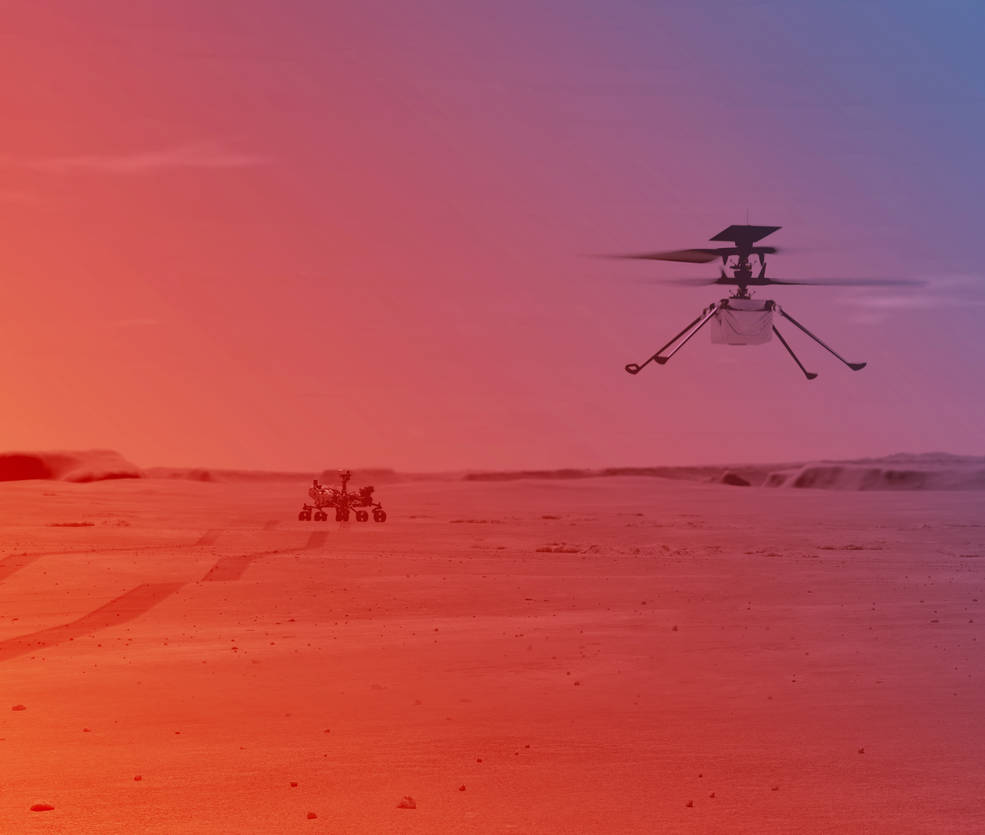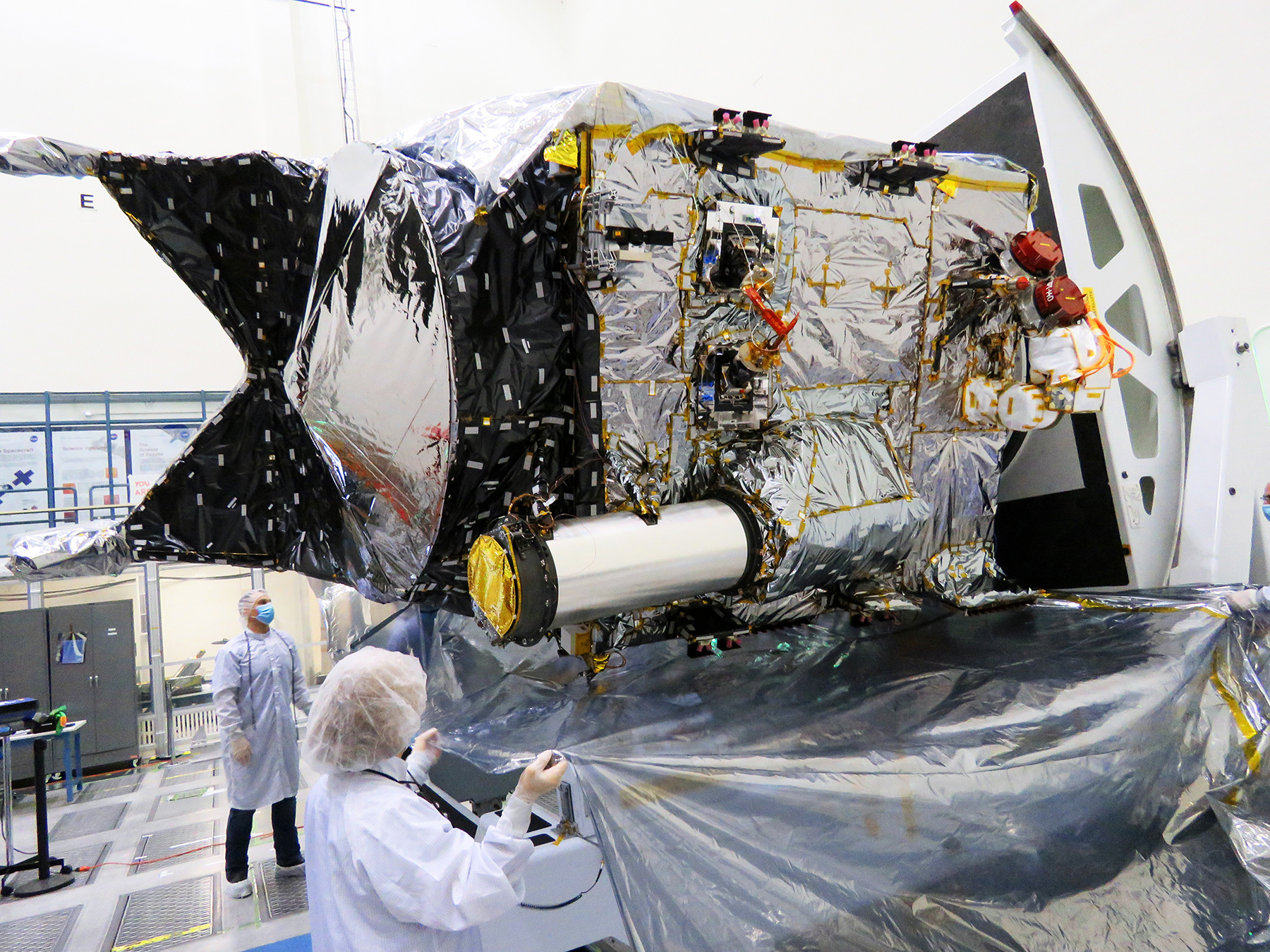55 Years Ago: NASA Group 7 Astronaut Selection

On Aug. 14, 1969, NASA announced the selection of seven new astronauts. The Group 7 astronauts consisted of pilots transferred from the Manned Orbital Laboratory (MOL) Program canceled two months earlier. The MOL, a joint project of the U.S. Air Force (USAF) and the National Reconnaissance Office, sought to obtain high-resolution photographic imagery of America’s Cold War adversaries. The Air Force selected 17 pilots in three groups for the MOL program – eight pilots in 1965, five in 1966, and four in 1967. After the cancellation, NASA invited the younger (under 35) of the 14 remaining MOL pilots to join its astronaut corps at the Manned Spacecraft Center, now the Johnson Space Center in Houston. The selected pilots included Major Karol J. “Bo” Bobko, USAF, Commander Robert L. Crippen, US Navy, Major C. Gordon Fullerton, USAF, Major Henry W. “Hank” Hartsfield, USAF, Major Robert F. Overmyer, US Marine Corps, Major Donald H. Peterson, USAF, and Commander Richard H. Truly, US Navy. In addition to the seven selected as astronauts, NASA assigned an eighth MOL pilot, Lt. Colonel Albert H. Crews, USAF, to MSC’s Flight Crew Operations Directorate. Prior to his MOL training, Crews served as a pilot for the X-20 Dyna-Soar Program, an early USAF experimental lifting body vehicle canceled in 1963.
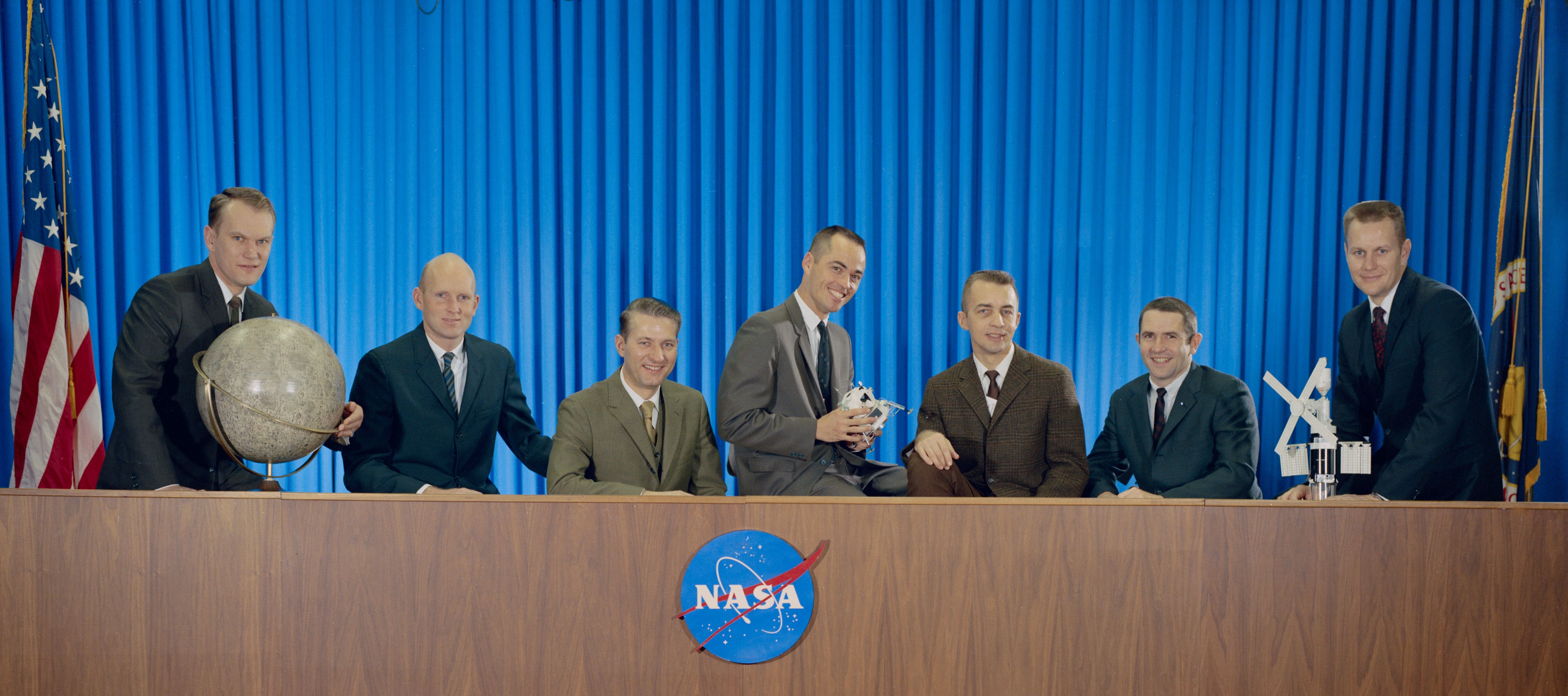

Left: Official NASA photograph of Group 7 astronauts Karol J. “Bo” Bobko, left, C. Gordon Fullerton, Henry “Hank” W. Hartsfield, Robert L. Crippen, Donald H. Peterson, Richard H. Truly, and Robert F. Overmyer who transferred from the Manned Orbiting Laboratory program. Right: Official Air Force portrait of Albert H. Crews. Image credit: courtesy U.S. Air Force.
The MOL Program had envisioned a series of 60-foot-long space stations in low polar Earth orbit, occupied by 2-man crews for 30 days at a time, launching and returning to Earth aboard modified Gemini-B capsules. Externally similar to NASA’s Gemini spacecraft, the MOL version’s major modification involved a hatch cut into the heat shield that allowed the pilots to access the laboratory located behind the spacecraft without the need for a spacewalk. While MOL pilots would carry out a variety of experiments, a telescope with imaging systems for military reconnaissance constituted the primary payload intended to fly in the laboratory. The imaging system carried the Keyhole KH-10 designation with the code name Dorian. Its 72-inch primary mirror could provide high resolution images of targets of military interest. To reach their polar orbits, MOLs would launch from Vandenberg Air Force, now Space Force, Base in California atop Titan-IIIM rockets. Construction of Space Launch Complex-6 (SLC-6) had begun in 1966 to accommodate that launch vehicle but stopped with the program’s cancellation. When NASA and the Air Force decided to fly payloads into polar orbit using the space shuttle, in 1979 they began to reconfigure the SLC-6 facilities to accommodate the new vehicle. After the January 1986 Challenger accident, the agencies abandoned plans for shuttle missions from Vandenberg and mothballed SLC-6.
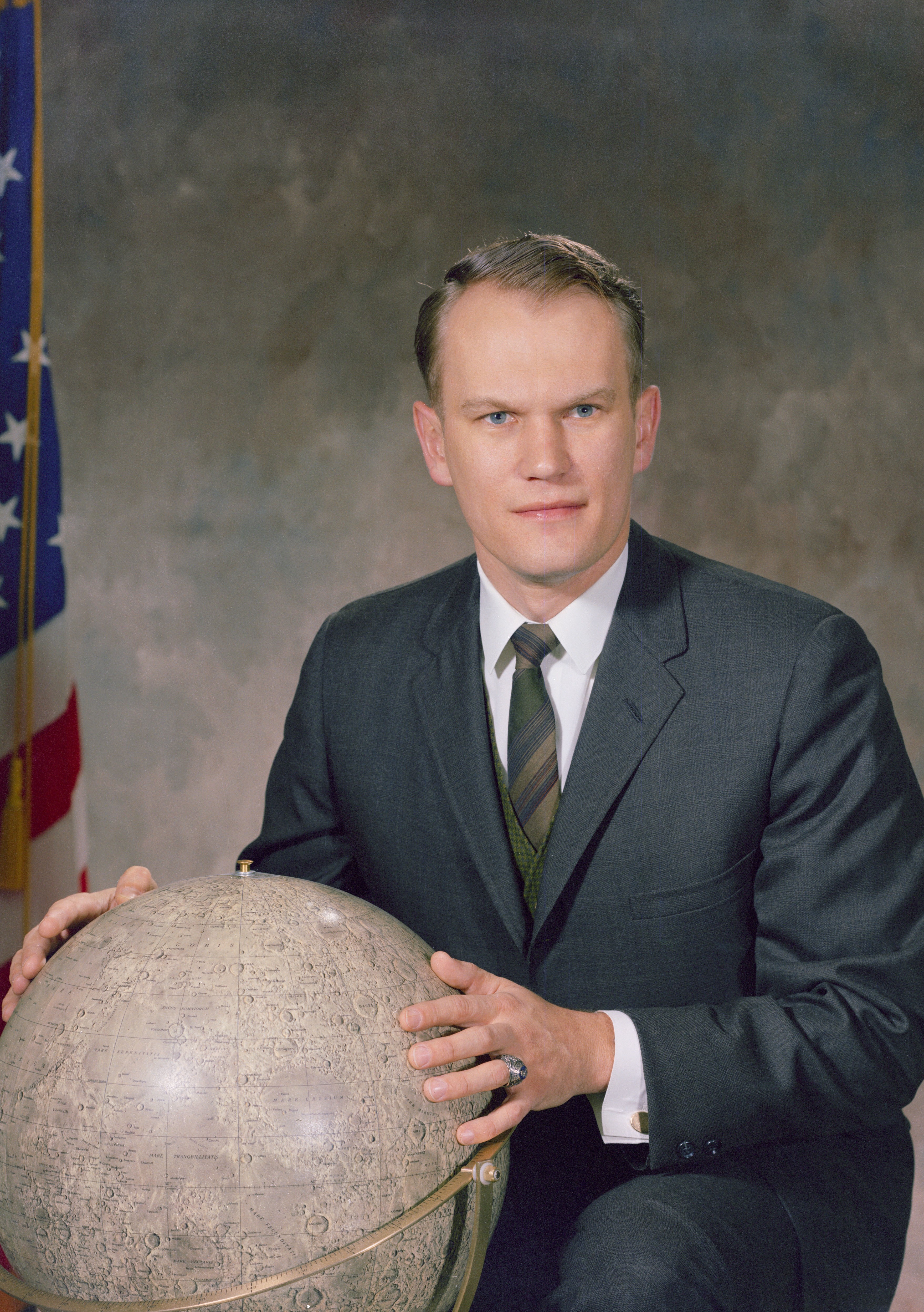
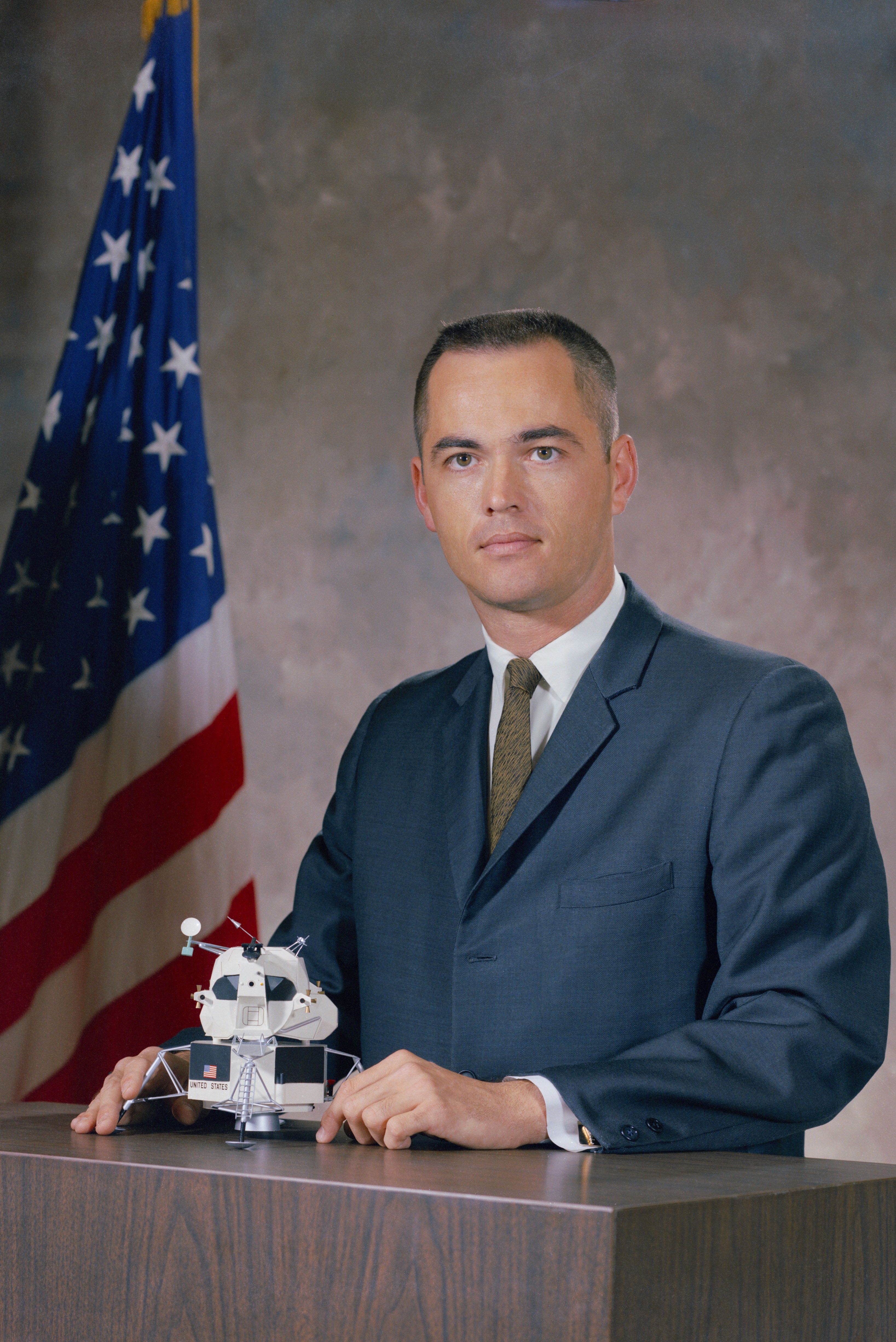
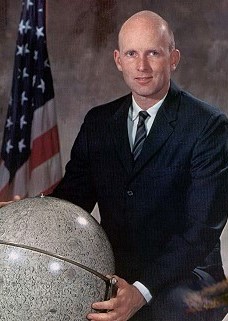
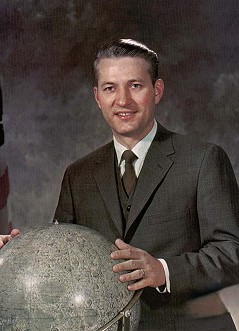
Group 7 astronauts. Left: Karol J. “Bo” Bobko. Middle left: Robert L. Crippen. Middle right: L. Gordon Fullerton. Right: Henry “Hank” W. Hartsfield.
Bobko, selected in the second group of MOL pilots, served as the pilot for the 56-day Skylab Medical Experiment Altitude Test (SMEAT) in 1972, a ground-based simulation of a Skylab mission. He then served as a support crew member for the Apollo-Soyuz Test Project (ASTP) that flew in July 1975. For his first spaceflight, he served as pilot on STS-6 in April 1983. NASA next assigned him as commander of STS-41F, a mission to launch two communications satellites in August 1984. However, following the STS-41D launch abort in June 1984, NASA canceled the mission, combined its payloads with the delayed STS-41D, and reassigned Bobko and his crew to a later mission. That flight, STS-51E, a four-day mission aboard Challenger planned for February 1985 to deploy the second Tracking and Data Relay Satellite (TDRS), in turn was canceled when the TDRS developed serious problems. NASA reassigned Bobko and his crew to STS-51D, flown aboard Discovery in April 1985. Bobko flew his third and final spaceflight as commander of STS-51J, a Department of Defense mission and the first flight of Atlantis, in October 1985. The 167 days between his last two missions marked the shortest turnaround between spaceflights up to that time. Bobko retired from NASA in 1989.
Crippen, a member of the second group of MOL pilots, served as commander of SMEAT in 1972, a ground-based simulation of a Skylab mission. He then served as a member of the ASTP support crew. NASA assigned him as pilot of STS-1, the first space shuttle mission in April 1981. He later served as commander of STS-7 in June 1983, STS-41C in April 1984, and STS-41G in October 1984. NASA assigned him as commander of STS-62A, planned for October 1986 as the first shuttle flight from Vandenberg in California, prior to cancellation of all shuttle flights from that launch site after the Challenger accident. Crippen went on to serve as director of the Space Shuttle Program at NASA Headquarters in Washington, D.C., from 1990 to 1992, and then as director of NASA’s Kennedy Space Center in Florida from 1992 until his retirement from the agency in 1995.
Fullerton, selected into the second group of MOL pilots, served as the pilot of the first, third, and fifth Approach and Landing Tests (ALT) with space shuttle Enterprise in 1977. NASA assigned him as pilot on STS-3, the only shuttle to land at White Sands in March 1982. He flew his second mission in July-August 1985 as the commander of the STS-51F Spacelab 2 mission. Fullerton retired from NASA in 1986.
Hartsfield, part of the second group of MOL pilots, served as the pilot on STS-4, the first Department of Defense shuttle mission in June-July 1982. NASA next assigned him as commander of STS-12, a mission to launch the second TDRS that was canceled due to continuing problems with its Inertial Upper Stage. NASA reassigned Hartsfield and his crew to STS-41D, space shuttle Discovery’s first flight that in June 1984, experienced the first launch pad abort of the program. That mission flew two months later, having absorbed payloads from the canceled STS-41F mission. Hartsfield commanded his third and final flight in October-November 1985, the STS-61A German Spacelab D1 mission that included the first eight-person crew. He retired from NASA in 1988.
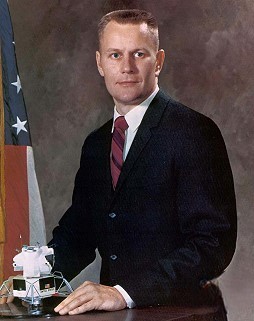
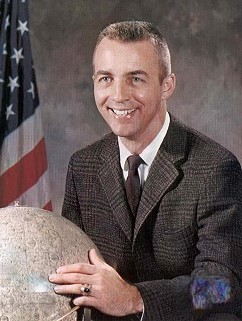
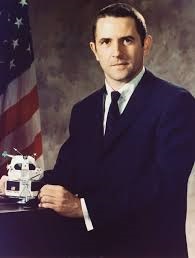
Group 7 astronauts. Left: Robert F. Overmyer. Middle: Donald H. Peterson. Right: Richard H. Truly.
Overmyer, selected as part of the second group of MOL pilots, served as a support crew member for ASTP. For his first space mission, Overmyer served as pilot of STS-5 in November 1982. For his second and final spaceflight, he served as commander of the STS-51B Spacelab 3 mission in April-May 1985. Overmyer retired from NASA in 1986.
Peterson, selected in the third group of MOL pilots, made his only spaceflight as a mission specialist during STS-6 in April 1983. During that mission, he participated in the first spacewalk of the shuttle program. Peterson retired from NASA in 1984.
Truly, selected with the first group of MOL pilots, served as an ASTP support crew member and then as the pilot of the ALT-2 and 4 flights with space shuttle Enterprise in 1977. During his first spaceflight, he served as pilot of STS-2 in November 1981, the first reflight of a reusable spacecraft. On his second and final mission, he commanded STS-8 that included the first night launch and night landing of the shuttle program. Truly retired from NASA in 1984 but returned in 1986 as Associate Administrator for Space Flight at NASA Headquarters in Washington, D.C. In 1989, he assumed the position of NASA’s eighth administrator, serving until 1992.

Summary of spaceflights by Group 7 astronauts. Missions in italics represent canceled flights.
Although it took nearly 12 years for the first of the MOL transfers to make it to orbit (Crippen on STS-1 in 1981), many served in supporting roles during Skylab and ASTP, and all of them went on to fly on the space shuttle in the 1980s. After their flying careers, Truly and Crippen went on serve in senior NASA leadership positions. Crews stayed with the agency as a pilot until 1994.
Read Bobko’s, Crews’, Crippen’s, Fullerton’s, Hartsfield’s, Peterson’s, and Truly’s recollections of the MOL program and their subsequent NASA careers in their oral history interviews with the JSC History Office.



